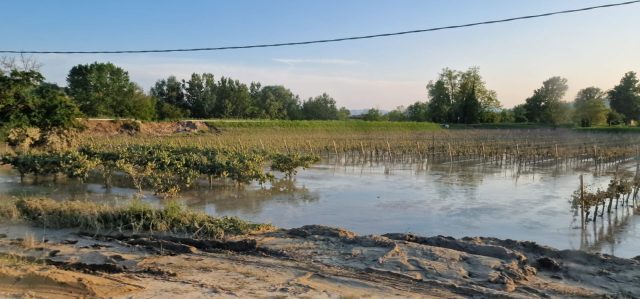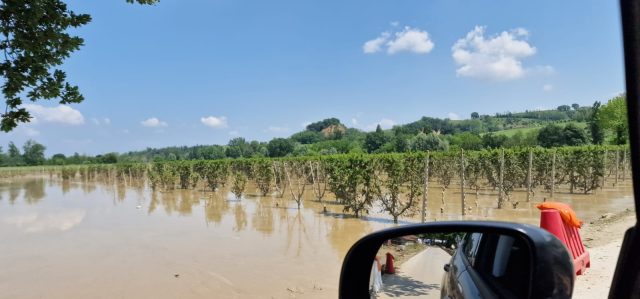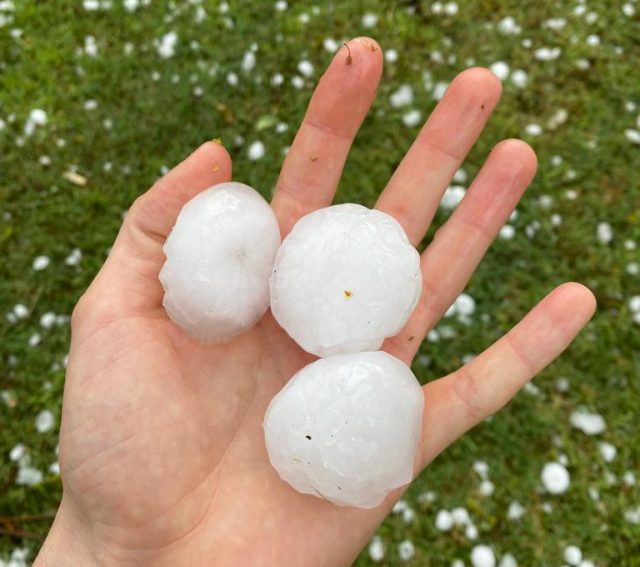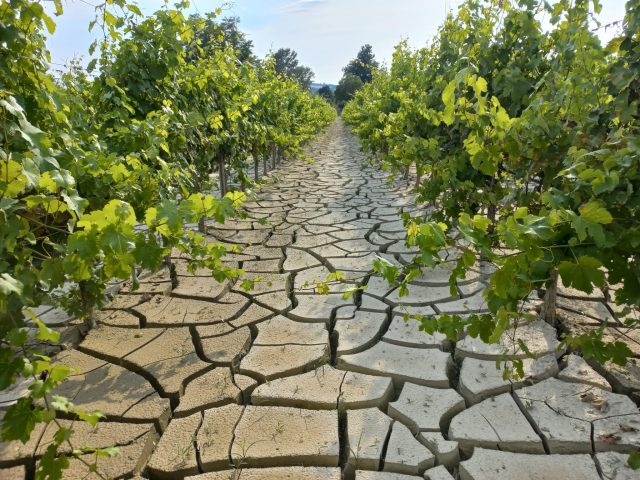This website uses cookies so that we can provide you with the best user experience possible. Cookie information is stored in your browser and performs functions such as recognising you when you return to our website and helping our team to understand which sections of the website you find most interesting and useful.
Romagna: after the flood
Three months after floods swept through the Italian region of Emilia-Romagna, Roberto Monti, president of the Consorzio Vini Romagna, tells db about what a series of natural disasters this year have meant for the 2023 harvest.

“We are facing a very difficult year,” Monti shared. An overview of the climatic challenges producers have faced so far in 2023 might suggest that this is a stoic understatement.
In early May, after a prolonged period of drought, a deluge struck parts of Northern and Central Italy, with 50cm of rain, about six months worth, falling in just 36 hours. The result was widespread flooding that caused an estimated €10 billion of damage and cost at least 15 lives.
“There have been over 2,200 landslides in the hills and up to the Apennines in Romagna, the direct impact on vineyard surfaces can be considered quite limited, however the damage caused by landslides has had and will have a significant economic impact for the damaged companies, with significant restoration costs.”
Shocking footage of one such landslip was shared with db by the consorzio’s director, Filiberto Mazzanti.
Monti revealed that the landslides did not just cause some damage to the vines – they also blocked roads, cutting people off: “Added to this are the damages generated by the isolation, the inability to enter and intervene promptly with treatments after calamitous events, but then also commercial damages linked to logistical difficulties.”
Many of the vineyards that managed to escape landslides were partially submerged beneath floodwater.

The heavy rainfall also created the conditions for the outbreak of fungal disease on the bunches: “Downy mildew and powdery mildew, which have cataclysmically affected all of Italy this year, have spread in close dependence on the incredible spring rains and the vegetative explosion that followed.”
Having already experienced some destructive hailstorms, combined with spring frosts and even tornadoes, in April, before the floods, there were a series of further hailstorms in July, with, as Monti described it, “ice cubes as huge as tennis balls” bombarding the vines.

An image of one Romagna vineyard from last week powerfully illustrates just how quickly conditions changed again, as the heatwave that engulfed Italy resulted in the opposite problem to flooding – drought:

Despite this perfect storm of extreme weather battering and bruising Romagna, the Consorzio forecasts a relatively modest decrease in overall yields: “The result of this mix of scourges is a forecast of a production drop of 15% compared to the average. Where there is product, quality is expected to be good.”
By contrast, in Sicily, where a damp May and June followed by extreme heat in July has been the issue, a more severe 40% drop in production from last year’s level is anticipated by some producers.
Indeed, as dramatic as these images are, the vines, many of which produce Sangiovese grapes, have proven to be surprisingly hardy in the face of such disasters, as Monti explained: “The floods in the lowlands have caused non-generalised damage, above all to young plants and particularly affected areas; the vineyards, even with the submerged vegetation, present a normal production visually, but we will have to wait for the harvest to understand what condition it will be at the end.”
But not all growers were affected equally: “There are greater difficulties for organic farms, this vintage clearly reminded everyone of the difficulties of this choice, especially if starting from vines lacking intrinsic resistance/tolerance to the main pathogens.”
The mildew issue was exacerbated by another issue – a lack of labourers: “When cyclones of this magnitude strike the territory, it is vital to be able to intervene immediately with the necessary treatments, and promptness in this dramatic year has been largely lacking due to a shortage of manpower, resulting in the rapid spread of major fungal diseases. The labour shortage is a well-known and serious problem, which is getting worse and worse and could be the limiting factor for many wineries in the coming years.”
Monti then offered two suggestions that Meloni’s government could enact to improve the situation of winegrowers in Romagna: “Streamline the regularisation practices of non-EU workers (flow decrees), which at the moment is a real obstacle course. Lowering the VAT on wine to 10% as it is for many other agricultural products, which would boost internal consumption, currently the biggest crisis.”
Concerning the latter point, there is a general trend in Italy towards more people drinking wine, but less frequently, with the proportion of daily drinkers decreasing by 16.8% to 12.4 million (out of a total population of 59 million) in the decade from 2011 to 2021.
It may be some time before the full impact of this series of cataclysmic events, both on the 2023 vintage and Romagna’s wine industry, is fully understood. With climate change, extreme conditions like these are becoming the norm across much of Italy – giving producers and consorzi no choice but to react, and prepare for what is to come.
Related reading:
Ferrari Trento auctions off F1 bottle in aid of flood victims

